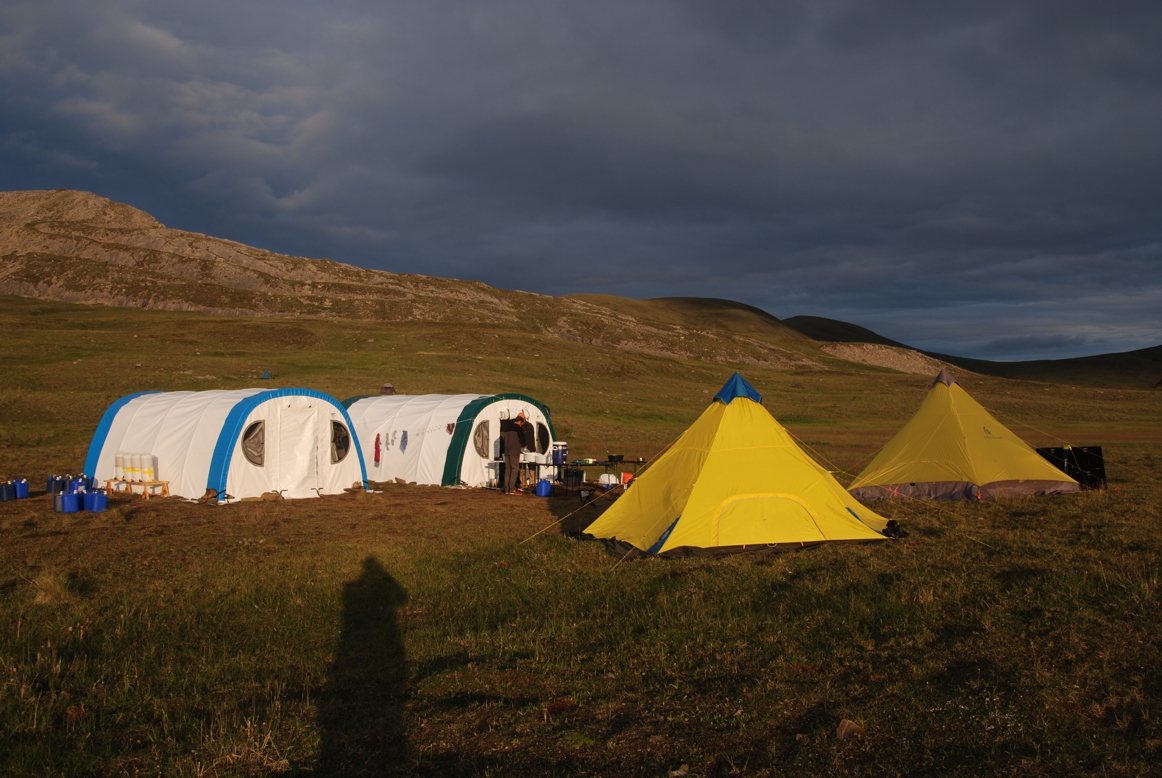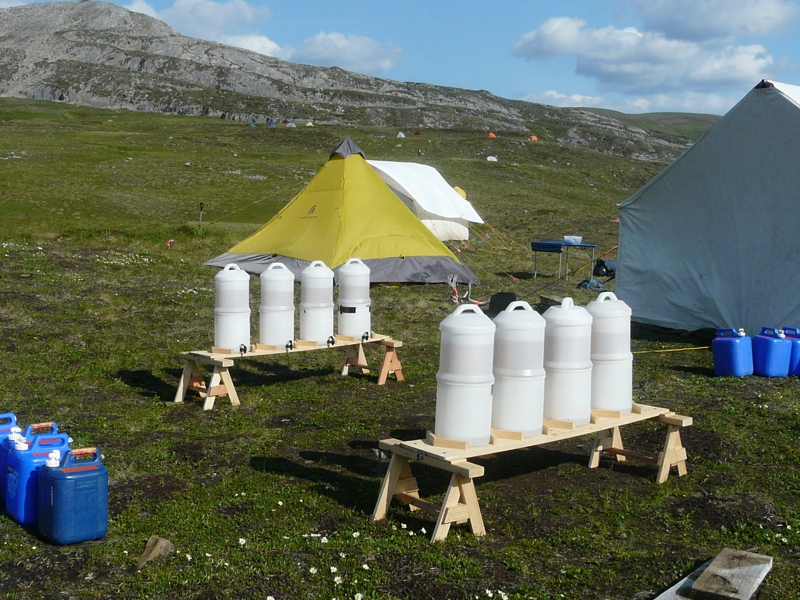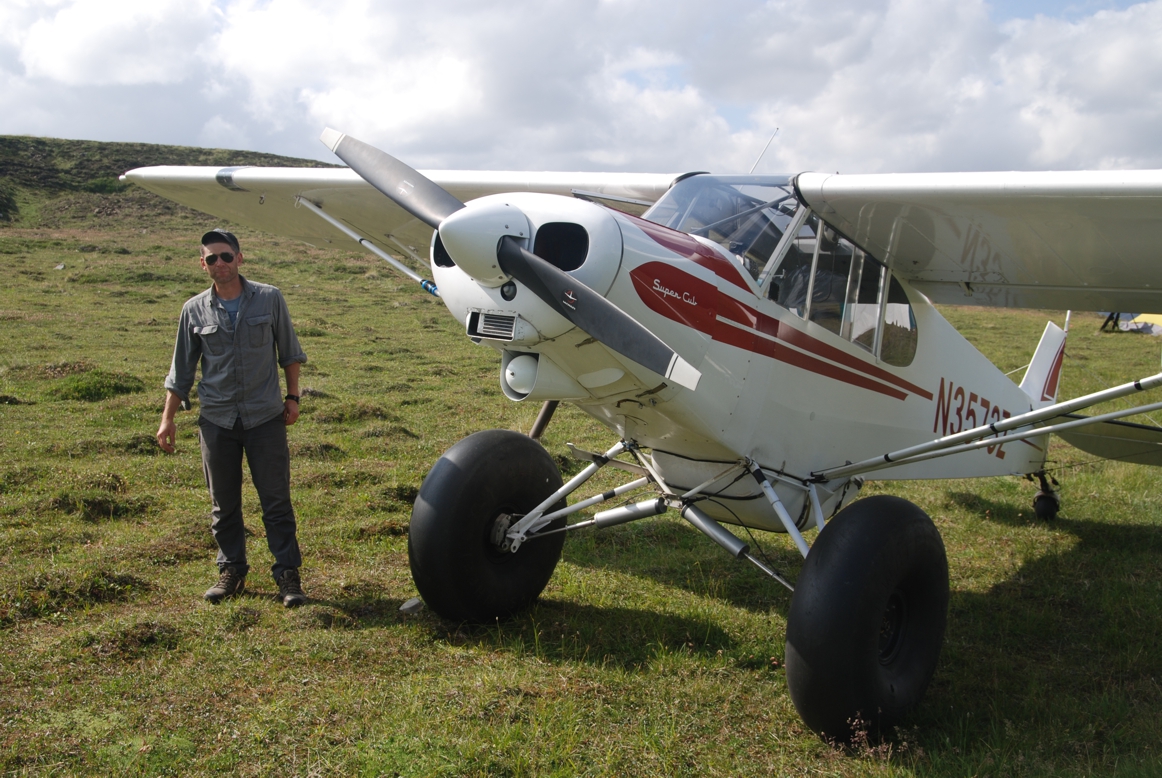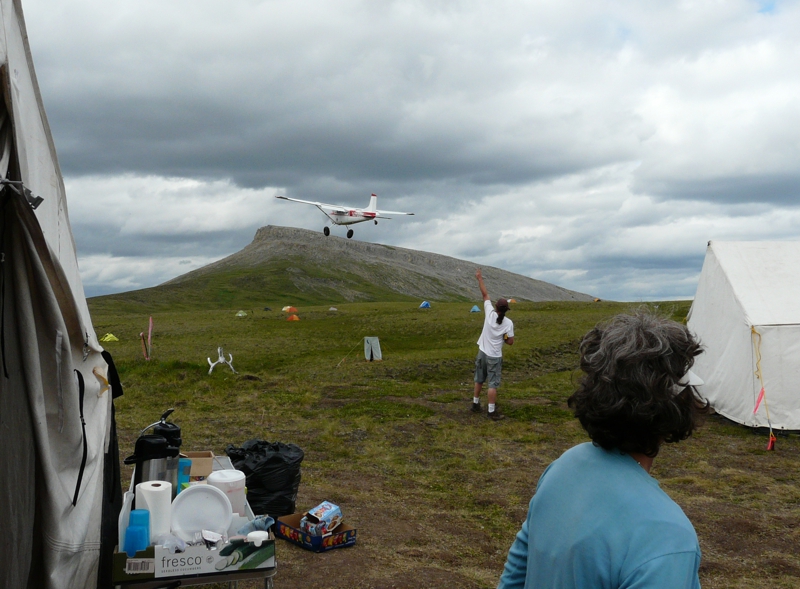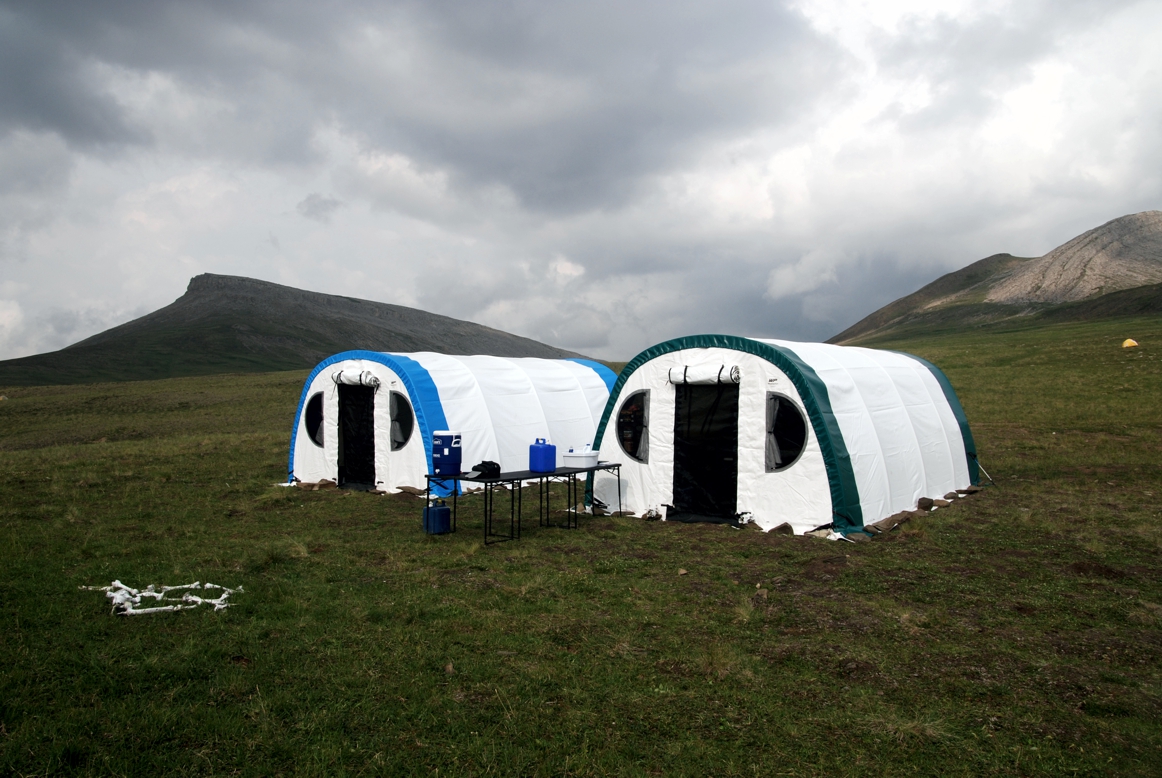Costs, financial support, logistics and gear
Costs for 2027 Field Camp
University of Alaska1 |
WUE2
|
non-resident |
Military3 |
|
| Tuition (3 credits) | $ TBA | $ TBA | $ TBA | $ TBA |
| Course Fees | $ TBA | $ TBA | $ TBA | $ TBA |
| Computer Fees | $ 75 | $ 75 | $ 75 | $ 75 |
Total |
$ TBA |
$ TBA |
$ TBA |
$ TBA |
|
Scholarships for UAF students (see below) |
|
|
1: Students enrolled at the Anchorage, Fairbanks and Juneau campus. 2: Western Undergraduate Exchange: Arizona, California, Colorado, Hawai'i, Idaho, Montana,
Nevada, New Mexico, North Dakota, Oregon, South Dakota, Utah, Washington, Wyoming.
3: Active, reserve and national guard military service members.
This includes:
- Transport to and from field areas
- Accommodation in the field
- Meals in the field and lunch at Fairbanks campus
- Accident and MedEvac Insurance
Not included are:
- Travel to and from Fairbanks at the beginning and end of field camp
- Meals and housing in Fairbanks
- Additional fees charged by the university
Financial aid/support
Scholarships are available to UAF students. Please contact the field camp director for more information.
The Schmidt Trust Alaska provides scholarships for Alaskan students studying Earth sciences to cover expenses associated with travel and field camp. The grant is awarded according to financial needs. There is no application deadline. I strongly encourage UAF students to apply.
Available to all students is the J. David Lowell Field Camp Scholarship of the Geological Society of America (GSA), which awards $2,000 to attend a field camp. Application submission will open (TBA) with an (TBA) 9 deadline. To be eligible you need to be a GSA student member ($45 annually) and have already been admitted to a field camp. Several of our students have been awarded the scholarship in the past, so it is worth investing some time in the application.
The American Association of Petroleum Geologists (AAPG) offers a field camp scholarship for all students. It is worth $3,000. Application is open from (TBA). For more information about requirements and how to apply, visit their website AAPG Foundation Field Camp Scholarship.
The National Association of Geoscience Teachers (NAGT) offers a $750 scholarship for field-based courses. Deadline is mid-February. Visit their website for more information and requirements: NAGT scholarship for Field Study.
Logistics
We will stay in Fairbanks for several days at the beginning of Field Camp, and return to Fairbanks for 2-3 days between the individual segments for laundry, relaxing, finishing reports, and preparation for the next stage. It is your responsibility to arrange lodging during that time. We recommend Residence Life here on the UAF campus. Their student housing buildings are ideally located next to the Reichardt Building which the Geosciences Department calls home. We will provide contact information once you are accepted.
We are camping all the time in the field. While you sleep in your own tent, we have brand new WeatherPort tents that serve as office and kitchen tents. Travel to the field areas, and if applicable within areas, will be done in UAF vans.
Gear & Equipment
The Geosciences Department will provide everything you need for mapping, including map boards, Brunton compass, GPS unit, bear deterrent (we are in bear country!), color pencils, radio. We also provide wall tents as office space, along with folding tables.
What you need to bring along is your personal gear. That includes real good rain gear (jackets and pants). And I really mean good! At one point we will encounter foul weather while in the field, so you want to be prepared. The same goes for your tent. It needs to be waterproof and suitable for windy conditions. At Red Rock Canyon, we camp in a valley which can experience strong winds coming up the main Delta River valley. The camp at Limestone Gap is above the tree line without any shelter from the wind. Two pairs of hiking boots are recommended. Once your boots are wet it is impossible for them to dry while it keeps raining. A good sleeping bag is also a plus. At Limestone Gap we camp at 5,000 feet (1,500 m). It can get cold, especially in windy and rainy conditions, so bring along warm clothes. Please keep in mind that the only place to buy outdoor gear is in Fairbanks. There is no opportunity to replace broken or missing gear when we are out in the field.



